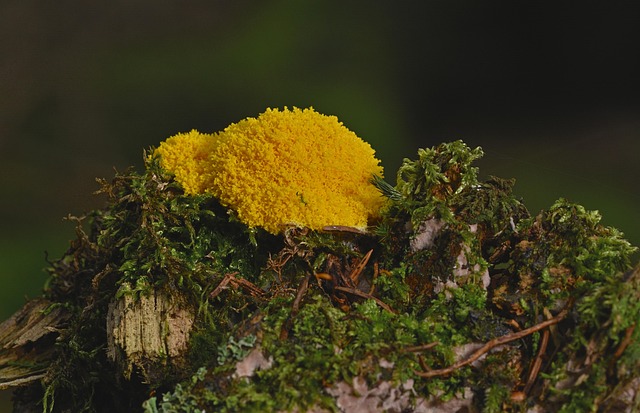High humidity levels in New Braunfels homes, due to Texas' climate, foster mold growth. Addressing humidity sources, improving ventilation, and dehumidifying problem areas is crucial for prevention. After mold removal, indoor air restoration involves deep cleaning, disinfecting, and using HEPA filters to eliminate spores. Regular maintenance, dehumidifiers, and inspections below 50% relative humidity are key to avoiding high humidity and mold growth issues in New Braunfels homes.
“In the heart of New Braunfels, high humidity often presents a silent threat to home environments, fueling mold growth. This article delves into understanding how excessive moisture becomes a catalyst for mold development within residential spaces. We explore comprehensive solutions for mold remediation and indoor air restoration, offering practical steps to combat existing issues and prevent future recurrences. By addressing high humidity and mold growth concerns, homeowners can ensure a healthier, more comfortable living space.”
- Understanding High Humidity and Its Role in Mold Growth in New Braunfels Homes
- The Process of Indoor Air Restoration After Mold Remediation
- Preventive Measures to Mitigate Future Mold Growth and Maintain Healthy Indoor Air Quality
Understanding High Humidity and Its Role in Mold Growth in New Braunfels Homes

High humidity levels are a significant factor contributing to mold growth in New Braunfels homes. Texas’ climate, characterized by high heat and moisture, creates an ideal environment for mold spores to proliferate. When excess moisture accumulates indoors—whether from high outdoor humidity seeping through cracks or leaks, inadequate ventilation, or poor dehumidification—it provides the perfect breeding ground for mold.
Mold thrives in damp environments, and even a brief period of elevated humidity can lead to significant mold growth over time. In New Braunfels homes, where attics, crawl spaces, and basements are common areas affected by high humidity, it’s crucial to address these issues promptly. Effective ventilation, source removal, and the use of dehumidifiers are essential steps in mitigating high humidity and preventing costly mold remediation down the line.
The Process of Indoor Air Restoration After Mold Remediation

After successful mold remediation, indoor air restoration is a crucial step to ensure a healthy living environment in New Braunfel homes plagued by high humidity and mold growth issues. The process begins with a thorough cleaning and disinfection of all affected areas. Special attention is given to hard surfaces like walls, floors, and furniture, where mold spores can be stubbornly attached.
Advanced air purification systems are then employed to remove any remaining airborne contaminants and mold spores. This involves using HEPA (High-Efficiency Particulate Air) filters that capture even the smallest particles as tiny as 0.3 microns. Once the air is cleared, moisture levels in the space are carefully monitored and regulated to prevent future mold growth. This might involve implementing dehumidification measures and ensuring proper ventilation.
Preventive Measures to Mitigate Future Mold Growth and Maintain Healthy Indoor Air Quality

To prevent future mold growth and maintain healthy indoor air quality in New Braunfel homes, addressing high humidity levels is crucial. Mold thrives in moist environments, so keeping relative humidity below 50% can significantly reduce its development. Homeowners should invest in efficient dehumidifiers, especially in areas prone to moisture buildup like basements or bathrooms. Regularly inspecting and maintaining these spaces by sealing leaks and improving ventilation is essential.
Additionally, proper air filtration is vital. High-efficiency particulate air (HEPA) filters can trap microscopic mold spores, preventing them from circulating in the indoor air. Regularly replacing air filters in HVAC systems and considering whole-home air purification systems can greatly enhance air quality. Maintaining a clean and dry environment will not only mitigate existing mold but also act as a preventive measure against future growth.
After addressing mold remediation, it’s crucial to understand that preventing high humidity levels is key to stopping future mold growth in New Braunfels homes. By implementing the discussed restorative processes and adopting preventive measures, residents can effectively mitigate indoor air quality issues associated with this persistent problem. Remember that proactive maintenance and a dry environment are essential for a healthier home ecosystem.
